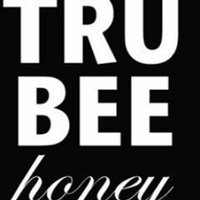
TruBee Honey
Categories
Food & Beverage/Catering
Hours:
Please call for current hours.
Driving Directions:
Farm is located three miles south of downtown Eagleville, on the left. Look for the bright yellow honeybee sign!
About Us
We'll never forget the first taste of honey from our own hive.
It was June, about 15 years ago, and we lived on the coast of North Carolina.
A seasoned beekeeper, Mr. Smith, had shown us the ins and outs of keeping bees, and he was there for the first taste.
He dipped his dirty, calloused finger in the comb and brought it to his mouth, then smacked his lips a little.
“Ain’t nothin’ but hedge honey,” he said.
Not sure whether to be offended or not, we tasted it too.
It was good.
We felt lucky.
Turns out, what Mr. Smith meant was that the honey wasn’t a fancy single- source honey, such as the popular orange blossom, tupelo or sourwood honeys.
It was honey made by bees that had been foraging through suburbia and feasting on things like hollies and red tips, which both produce copious amounts of nectar. Add to that the nectar from a neighbor’s herb gardens, some swamp magnolia and spring maple, and it was delicious.
After selling our honey at farmers markets for several years, in North Carolina and Tennessee, we like to think the “hedge honey” was the inspiration for what we do now.
TruBee honeys capture the essence of a particular region and season. Instead of confining our bees to a single-source diet, which isn’t healthy for the hives, our “free-range” bees are in places where they can forage tulip poplar, fruit blossoms and black locust in the spring, then feast on wildflowers, herbs and clover in the summer.